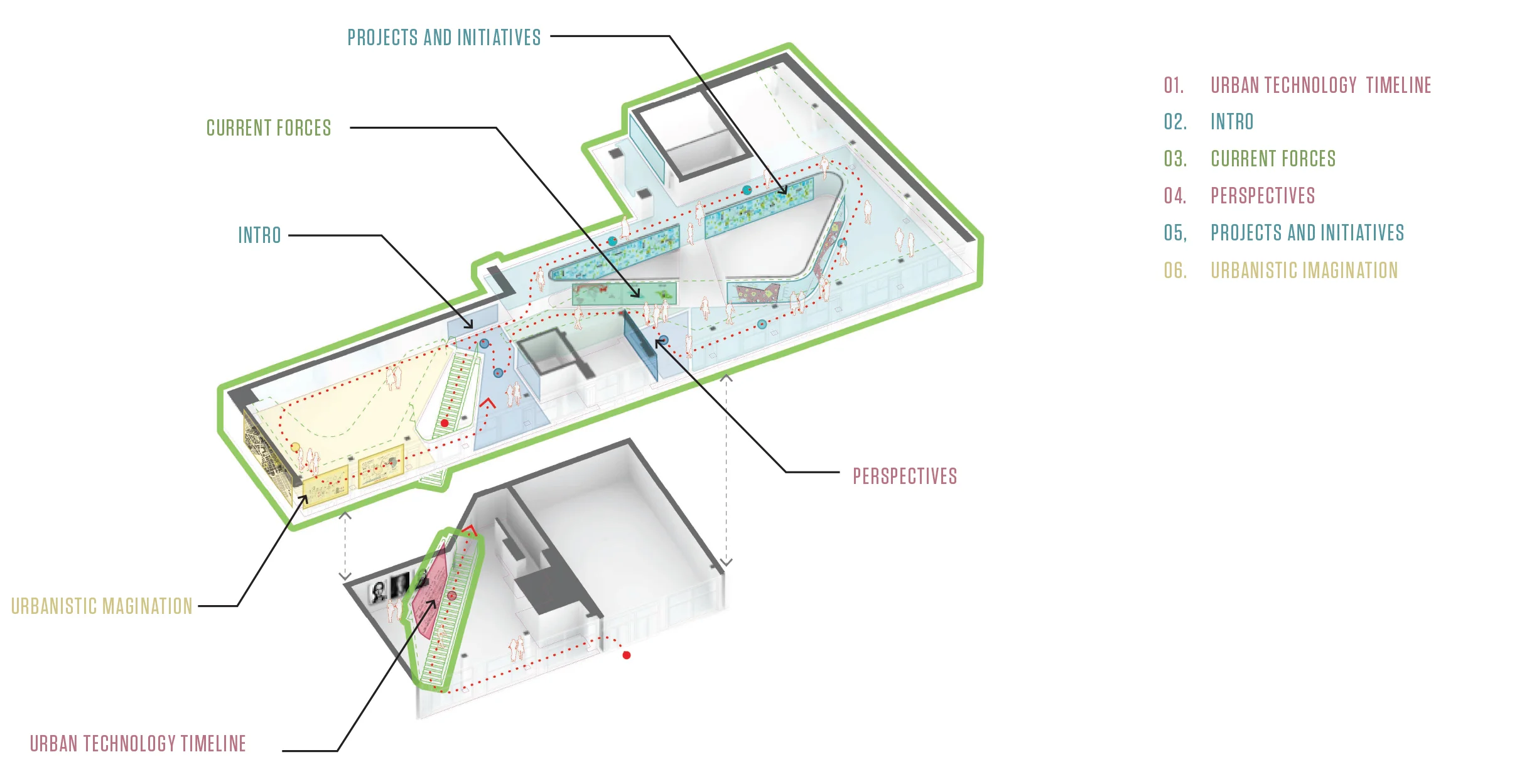SAE KIM
curated patterns of thoughts and behavior
BALANCING ACT: URBANISM AND EMERGING TECHNOLOGIES
CBT Architects
How does technology influence our urban experience? Whether we like it or not, technology is deeply rooted in our everyday lives. As emerging technologies continue to evolve, and our cities morph and adapt, the interrelationship between technology and our urban environments grows more complex. Automobiles have become the drivers of urban landscapes; elevators have changed the vertical stack of property values; and innovations in engineering and materials have pushed the limits of what skyscrapers mean.
Today, the rapid rate of change in technology and human society has reached an unprecedented pace. As we consider the future of the urban environment, a keen understanding of the symbiotic relationship between city and technology has become imperative to not only achieve efficiency in economy and convenience, but also to provide higher quality of life through thoughtful placemaking, community-building, and design. Whether by autonomous automobiles, unmanned aerial vehicles (UAVs), smart buildings, or Hyperloop tunnels, the urban experience is undergoing remarkable change, and there is a growing need to find the balance between technology and urban life.
The exhibition explores the idea of this balance by posing a series of questions about how we can focus emerging technologies towards the human experience and develop best urban practices to make our cities more livable, equitable, and sustainable. Through a process of reflecting on the past, listening to contemporary perspectives, and learning the current technological forces, the exhibition speculates imaginative futures and ongoing projects and initiatives. Balancing Act provides a thoughtful lens through which to examine the current conditions of our urban environments and the future of emerging technologies in the design and development of cities around the world.
URBAN TECHNOLOGY TIMELINE
Technology has always acted as the central force in initiating urban transformations. Tracing back to the Industrial Revolution, this timeline maps how major inventions and developments – the steam engine, electricity, automobiles, planes, etc. – have transformed settlements and built environments through influencing energy/mobility systems, buildings, agriculture, and more. With the events sized to reflect their significance in the urban transformation throughout history, this timeline sets up the underlying tone as one enters the exhibition.
CURRENT FORCES
For generations, forward-thinkers have explored many ideas – or innovative concepts – about the future. Today, we see the advancements of these concepts in the form of technological solutions, which we can organize within four broader categories of industry: mobility, material/manufacturing, energy/power, and agriculture/water. As one scrolls through the display, one can discover the nuances between the operative industries, representative concepts, relevant technologies, and their place in time. While no one knows how ― and to what degree ― each of these technologies will shape our future, this interactive map provides a lens through which one can begin to understand how the different components are connected.
PERSPECTIVES
The very first step in how we balance technology in our built environment is by listening. This video is a compilation of interviews of many voices on a number of loosely defined questions on technology and the urban environment. From a ten-year-old student to an eighty-year-old artist, the video demonstrates how technology can act as a double-edged sword, introducing both challenges and enrichment to our everyday lives.
PROJECTS AND INITIATIVES
Many companies and institutions are dedicating tremendous amounts of time and resources to advance our quality of living through various technology-oriented projects and initiatives. Rather than highlighting those projects and initiatives as a collective solution, this section attempts to associate the projects through a series of prompts in which larger urban issues can be addressed. Every project and initiative is paired with a leading question that is meant to be food-for-thought as we delve deeper into understanding the relationship between technology and the urban experience.
URBANISTIC IMAGINATIONS
If our urban environments can be viewed as the evolving product of our social values merged with technology over time, could we then imagine blending today’s values and technologies as a way to envision the future? The projects in this section ― the urbanistic imaginations ― are geared towards sparking new ideas and discourse about the types of futures our cities might be facing. They are intentionally less grounded in practical realities to initiate more ambitious ideas and deeper discussions. As this exhibition travels to other cities, this section will grow to include a larger collection of urbanistic imaginations.























